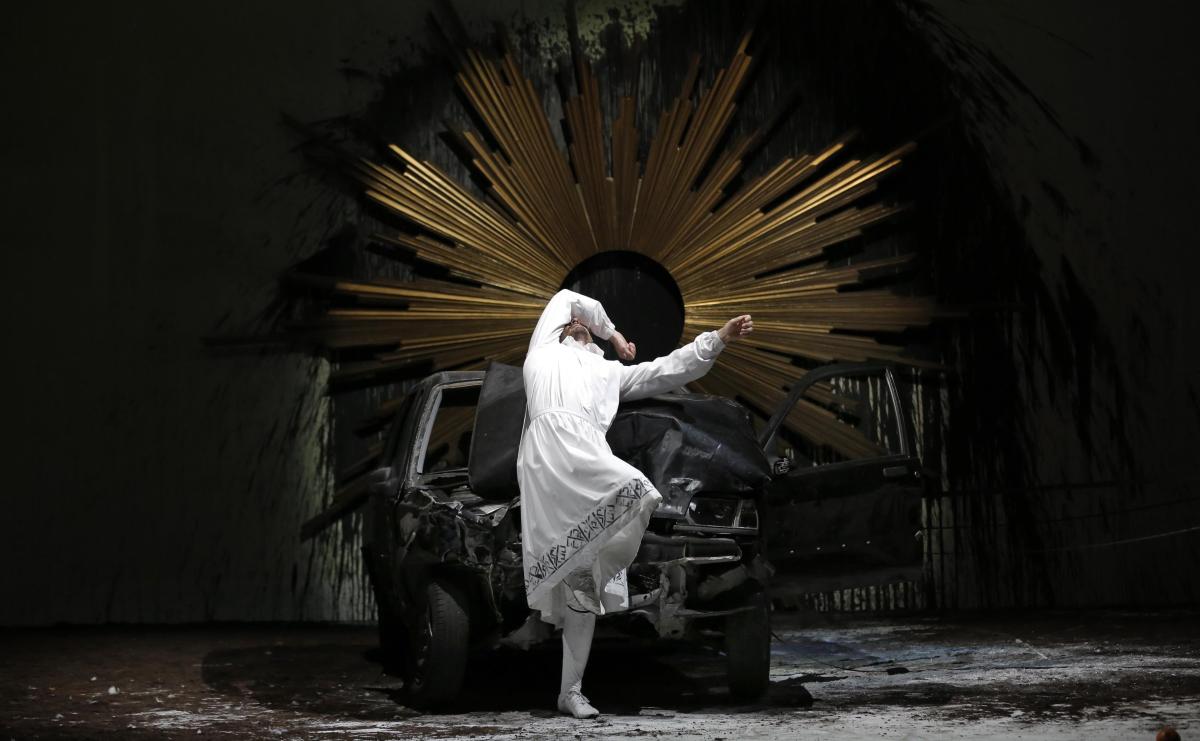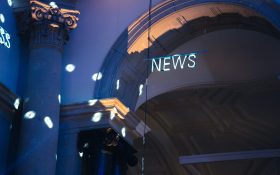Known as “the festival state”, South Australia has a keen interest in how COVID-19 will impact its tightly-packed calendar of arts and culture festivals.
A new study – prepared by University of South Australia in conjunction with Arts South Australia and Adelaide Festival Centre – gauges that fallout, while also identifying more long term endemic problems in how the festival and tourism markets engage.
In short, the report underlines the need for a total reboot of how the arts scene is represented in South Australian tourism promotion, aimed at improving the future sustainability of both sectors.
The report also found that SA’s art festival sector, which was on a growth trajectory before the pandemic, has plenty of opportunity in the post-COVID economy, but calls for great collaboration across organisations and stakeholders, and better marketing attention to capture domestic tourism – especially as the state re-emerges out of lockdown.
Unpacking the results
The report suggests that arts festivals in the post-COVID-19 world will need to be ‘smart’ and ‘slow’, engaging with audiences to build a relationship rather than seeking volume.
It suggests that there is an opportunity – and a critical need – for arts festivals to better leverage the tourism market and digital offerings.
‘In the past, as a State, we haven’t done as much as we could to promote cultural tourism, so there is a real opportunity to grow that area, especially given domestic tourism is likely to see a major upswing while ever international tourism remains restricted,’ said Professor Ruth Rentschler OAM, UniSA arts management expert and co-author of the report.
The report makes the point that, ‘The post-COVID-19 world could have long-lasting effects on the consumption patterns of tourists, leading to greater popularity for digital streaming of arts festival activities, high-end tourism, as well as a focus on health and well-being.’
It adds: ‘…[if] arts festivals are to become key associations for South Australia’s tourism image, they will need to be better integrated within the communication platforms led by SATC (South Australia Tourism Commission) and supporting tourism agents.’
One respondent in the consultation process made the point: ‘We don’t expect the SATC to market for us, but we do believe that with access to better resourcing, we know who our target markets are, and we can go get them directly.’ (Carole, CEO of a SA arts association)
The role of collaboration was a primary theme echoed across interviewees during the report consultation period.
Rentschler states: ‘The question remains, if collaboration is such an integrated theme across multiple areas of successful arts festival planning and delivery, why is it not already in place? Simply, the arts festivals ecosystem is complex. Indeed, each stakeholder group functions with their own set of broader objectives, timelines, budgets, resources and challenges.’
The report offered four recommendations:
- Expand the role of Festivals Adelaide to facilitate greater collaboration between key stakeholders, especially, the two government agencies, Arts South Australia and South Australian Tourism;
- Expand the role of state government to recognise its role as guiding arts festival organisers through this financial transition, as it looks to shift the arts sector’s significant reliance on funding to a more self-sustaining approach;
- Expand the role of [individual] arts festival organisers to better communicate the value of the arts, not only from a social standpoint, but from an economic standpoint – which means better data collection;
- Expand the role of state tourism agency as a key stakeholder for collaboration, if arts festivals are to realise their full tourism potential.
Read the full report of Tourism and the Rise of the Arts: Understanding How Arts Festivals Create Value for the South Australian Economy Industry Report.
Tourism and festivals growth
South Australia invests heavily in its arts festivals. For example, Adelaide Festival spends around $9m, compared to Sydney Festival ($5m) and Perth Festival ($7m), recognising their tourism potential, writes Caroline Wake in The Conversation (2019).
However, the arts tourism report by the Australia Council for the Arts (2020), only rates Adelaide ninth out of ten destinations — behind Melbourne, Sydney, Brisbane, Canberra, Hobart and north coast NSW — for overnight cultural tourism stopovers.
‘In analysing the findings of this study, it was not surprising to uncover that numerous arts festival stakeholders required training and development in understanding tourism and philanthropy in order to be able to ensure their arts festivals benefit fully from the opportunities that they present for the state of South Australia,’ said Rentschler.
‘This is despite evidence that domestic tourists participating in arts activities represent 12% of total overnight stays to the state of South Australia (Australia Council for the Arts, 2020),’ she added.
Australia Council places that figure as a 15% increase in overnight trips to SA since 2014; indeed more tourists to SA attending the arts than wineries and sport.
Although tourism representatives consider arts festivals to be a valuable part of the tourism mix, arts festivals are viewed as ambient programming rather than hero events for positioning South Australia.
What this latest report does, is grow that understanding in a post-COVID environment, to continue the digital momentum.
‘Partly why Festivals Adelaide exists is to make sure that the power of the grouping is significant and that our voice is heard when we’re not represented by the agency within [other government sectors],’ commented the CEO of a SA arts association in the report’s consultation process.
The report suggests that ‘Festivals Adelaide needs to leverage the digital world in its communications with stakeholders.’
The report also notes that glocalisation of arts festivals remains under-developed for a number of reasons.
First, the artists themselves need to gain knowledge and develop skills to operate micro-enterprises and become entrepreneurial. And second, arts festivals could become primary motives for targeted interstate and international tourists by offering exclusive experiences.
The Mozart opera from Berlin at the 2020 Adelaide Festival was one example of successfully driving interstate tourism.
The report states: ‘Conflicting perceptions of audience demand by arts festival and tourism stakeholders caused the most tension in the ecosystem, according to our interviewees … Although tourism representatives consider arts festivals to be a valuable part of the tourism mix, arts festivals are viewed as ambient programming rather than hero events for positioning South Australia.
‘This misalignment limits Adelaide’s potential to capitalise and further emphasise its “festival city” status in the minds of potential visitors, whether tourists, locals or those from regions of the state.
‘At the same time, arts festival organisers need to justify their own ‘social licenses’ to operate within society, and this includes providing adequate training, skills development and opportunities to allow artists to be entrepreneurial and to promote and commercialise their artistic offerings through digital platforms in a post-COVID-19 world,’ described the report.
Rentschler added: ‘The need for digital skills, such as streaming ability, has become urgent through the COVID-19 pandemic. The scope of the government’s role requires a shift from a predominantly funding-focused to relationship-building (including education and training; and support in times of crisis) through wider collaboration, thus supporting arts festival organisers in how to achieve financial sustainability in uncertain times.’
With regard to the recommended expanded roles for both the State Government and individual festival operators, Rentschler explained: ‘On the one hand, the State Government needs to expand its scope in guiding arts festival organisers as they operate on a knife edge through a period of financial transition, whilst also communicating the value of the arts sector to the wider community and encouraging a culture of philanthropy.’
The key findings in this report show that the three top obstacles that restrict growth in audiences for arts festivals in South Australia:
- Need for resources and skills
- Need for sophisticated data management
- Need for greater knowledge sharing and digital skills
Overall the report unveils tensions across the festival and tourism landscapes in South Australia, but rather pits them as an opportunity ripe to be ceased.





